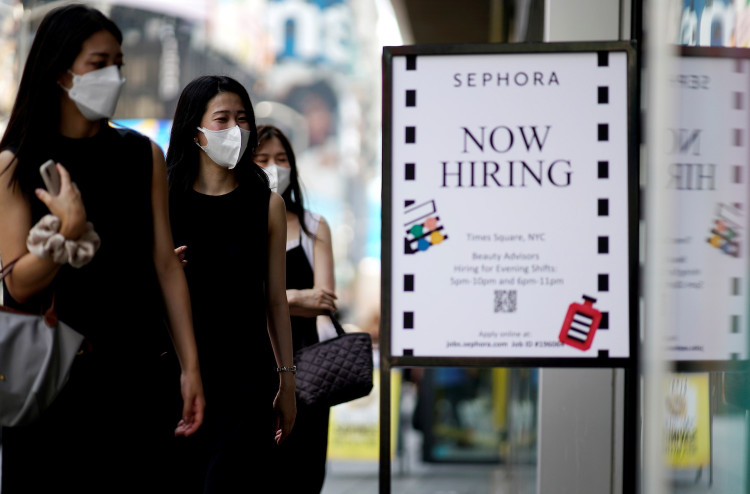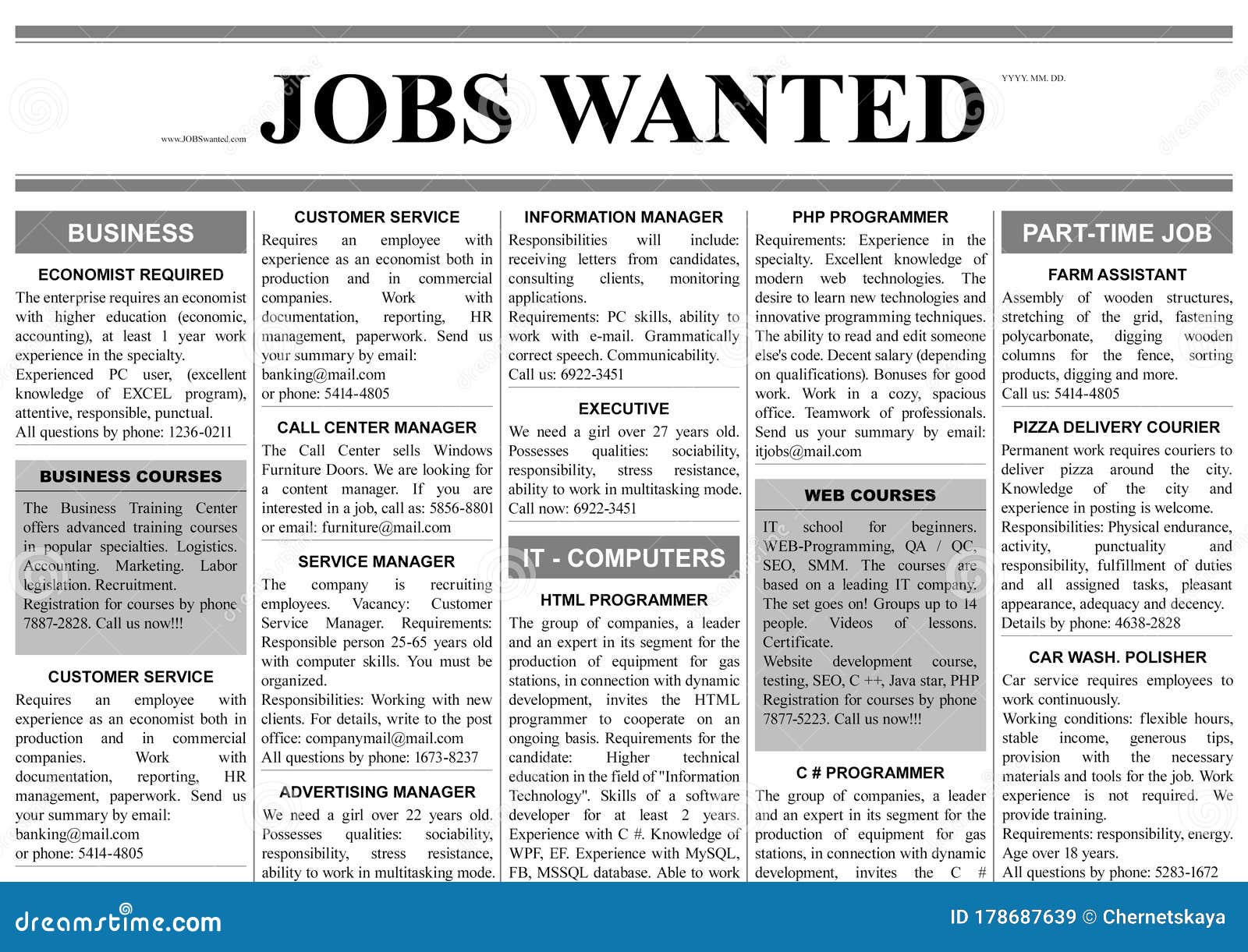Table of Contents
- U.S. Job Market Faces Increased Competition Amid Decline in Job Openings
- Rapid Review: Jobs – The Reel Bits
- Don't fear AI. The tech will lead to long-term job growth. | World ...
- Download Employment Newspaper PDF Online with These 10 Steps
- MSN | Outlook, Office, Skype, Bing, Breaking News, and Latest Videos ...
- How AI is helping to identify skills gaps and future jobs | World ...
- AI and Employment Revolution: Navigating the Impact of Artificial ...
- Top 7 Fastest Growing Jobs Between 2021 and 2031
- Job Search. Newspaper Full Of Advertisements Editorial Image ...
- Future of Jobs 2023: These are the fastest-growing jobs | World ...


The Bureau of Labor Statistics (BLS) released its monthly jobs report, which showed that the economy added a mere 130,000 new jobs in August, falling short of the projected 160,000. This marked the third consecutive month of slower job growth, with the average monthly gain dropping to 156,000, down from 223,000 in the first four months of the year. The slowdown in hiring has been most pronounced in the manufacturing and retail sectors, which have been hit hard by the ongoing trade tensions and changing consumer behavior.


Key Takeaways from the Jobs Report


The slowdown in hiring has significant implications for the broader economy. With consumer spending accounting for approximately 70% of GDP, a decline in job growth could lead to reduced consumer confidence and decreased spending, potentially triggering a recession. Furthermore, the ongoing trade tensions and global economic uncertainty have created a perfect storm that is likely to continue to weigh on the labor market.


What's Behind the Slowdown?

In conclusion, the latest U.S. jobs report paints a picture of a labor market that is downshifting into a lower gear. While the unemployment rate remains low, the slowdown in hiring and wage growth is a cause for concern. As the economy continues to navigate the challenges of trade tensions, global uncertainty, and changing consumer behavior, it is essential for policymakers to monitor the labor market closely and take proactive steps to support job growth and economic expansion.

